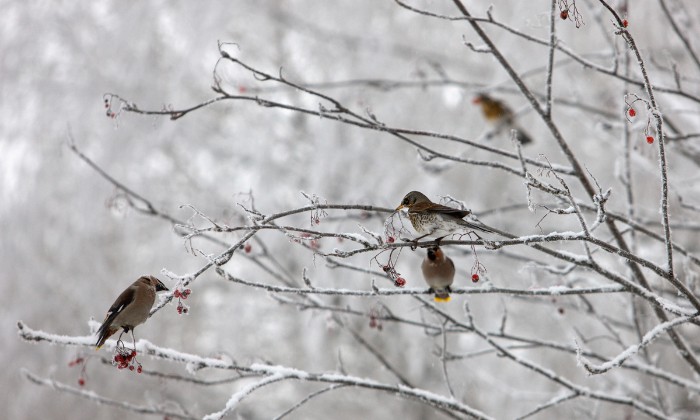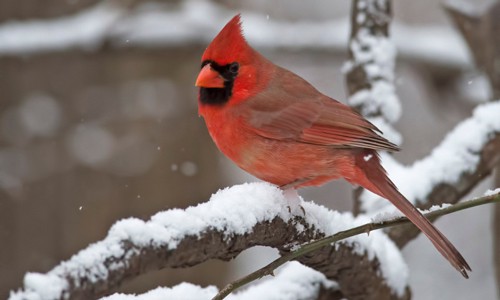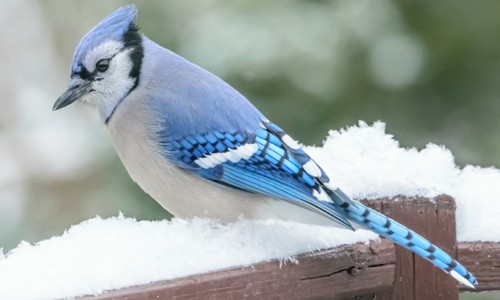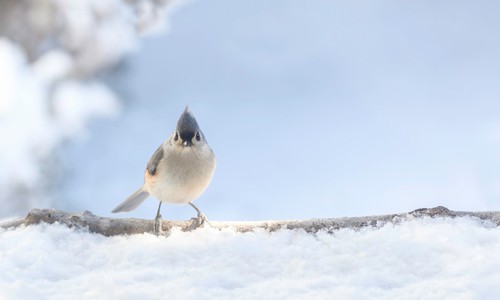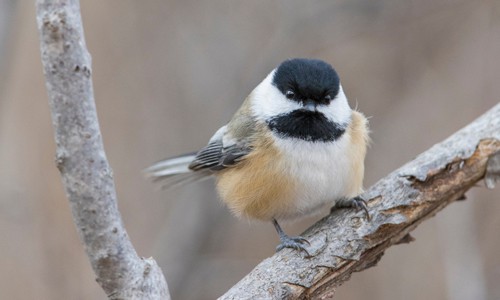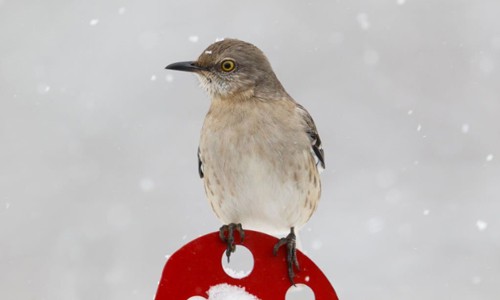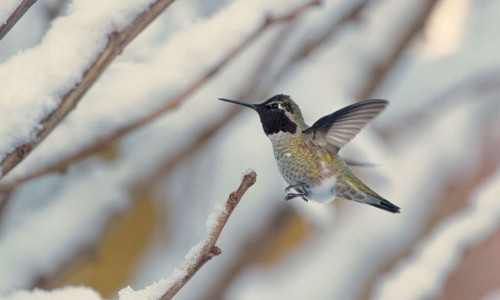Birds that don’t migrate in the winter have always intrigued us. However, there are still many questions about these birds. Why don’t all birds migrate? Why do they stay when the weather turns harsh, and how do they manage to survive the cold?
Here, we have a list of avian species that do not migrate. Let’s get to know them and explore why they decided to stay!
Table of Contents
6 Birds That Don’t Fly South for the Winter
Migration among birds is often driven by the need to escape the cold weather and dwindling food sources, specifically nectar and flying insects. Bird species reliant on these resources fly south in search of a hospitable environment.
On the other hand, birds that don’t fly south for the winter primarily feed on seeds and tree spiders. They can forage enough food around them without having to move too far from their range.
Birds that do not migrate are called resident birds and are essential to our ecosystem, and we’ll introduce you to some of the most common non-migratory avian species!
1. Northern Cardinal
This red bird lives in southeastern Canada and throughout the eastern United States. Their population has been growing rapidly and is observed to be pushing northward.
In cold months, Northern Cardinals stay around as long as they can find food sources in their surroundings. Homeowners with feeders can offer fresh berries, sunflower seeds, and cracked corn to help these birds survive winter.
2. Blue Jay
Blue Jays are widespread throughout eastern North America and southern Canada. You can also find them in Central America in the pine forests of south Florida and northeastern Texas.
Around 20% of this blue bird’s population migrates but the ones in Newfoundland, Canada are residents. Besides, they only travel as far as a few hundred miles and might alternate between migrating and overwintering.
3. Tufted Titmouse
This small American bird is part of the chickadee family. They are found all over southern and central Texas. Their habitats include mixed and deciduous woods, parks, gardens, and shrublands.
Tufted Titmouses’ population originated in the Mississippi River Basins. It continued to expand northwards, taking in more territory stretching to Canada.
Although most of their population remains in place during the colder months as you’ll find them in nest boxes and tree holes in the cold months, some have been observed migrating in the past years.
4. Black-capped Chickadee
Black-capped Chickadees are known for being nonmigratory songbirds. They are found widely throughout North America, extending to southern Canada. It is easy to spot them in the tree cavities of wooded forests.
These small birds can lower their body temperature during cold nights. This, alongside their social behavior, increases their chances of survival in winter. Without supplemental food and access to bird feeders, their survival rates can drop drastically.
5. Northern Mockingbird
Northern Mockingbirds living in North America are residents. However, a part of their population, especially those in the north, migrates to the south when the weather gets unbearably cold.
These mockingbirds rely heavily on insects like mealworms, grasshoppers, caterpillars, and crickets. Fortunately, they are regular visitors to bird feeders, so you have the opportunity to offer them mealworms and help them overwinter.
6. Anna’s Hummingbird
Unlike other hummingbird species, Anna’s Hummingbirds are nonmigratory. They primarily occur in the western coastal regions of North America. As a response to climate change, these birds have expanded their range to the higher altitudes where the summers are cooler.
Anna’s Hummingbirds visit bird feeders for nectar in the winter. They can also reduce their body temperature and heart rate; entering a stupor to conserve their energy.
Conclusion
How many birds that don’t migrate in the winter from our list do you know? These year-long residents stay in their range even during the winter, which means they’ll keep you company by visiting your backyard.
Have you seen any of these birds throughout the cold season? How was your encounter with them? We love hearing about your experiences so share them in the comments!

George and I became friends after a birdwatching trip with our new group. And we have been enjoying every adventure together. When he told me the idea of establishing a site that shares our experiences and fun, I immediately agreed. After trials and errors, here we have Thayerbirding.



